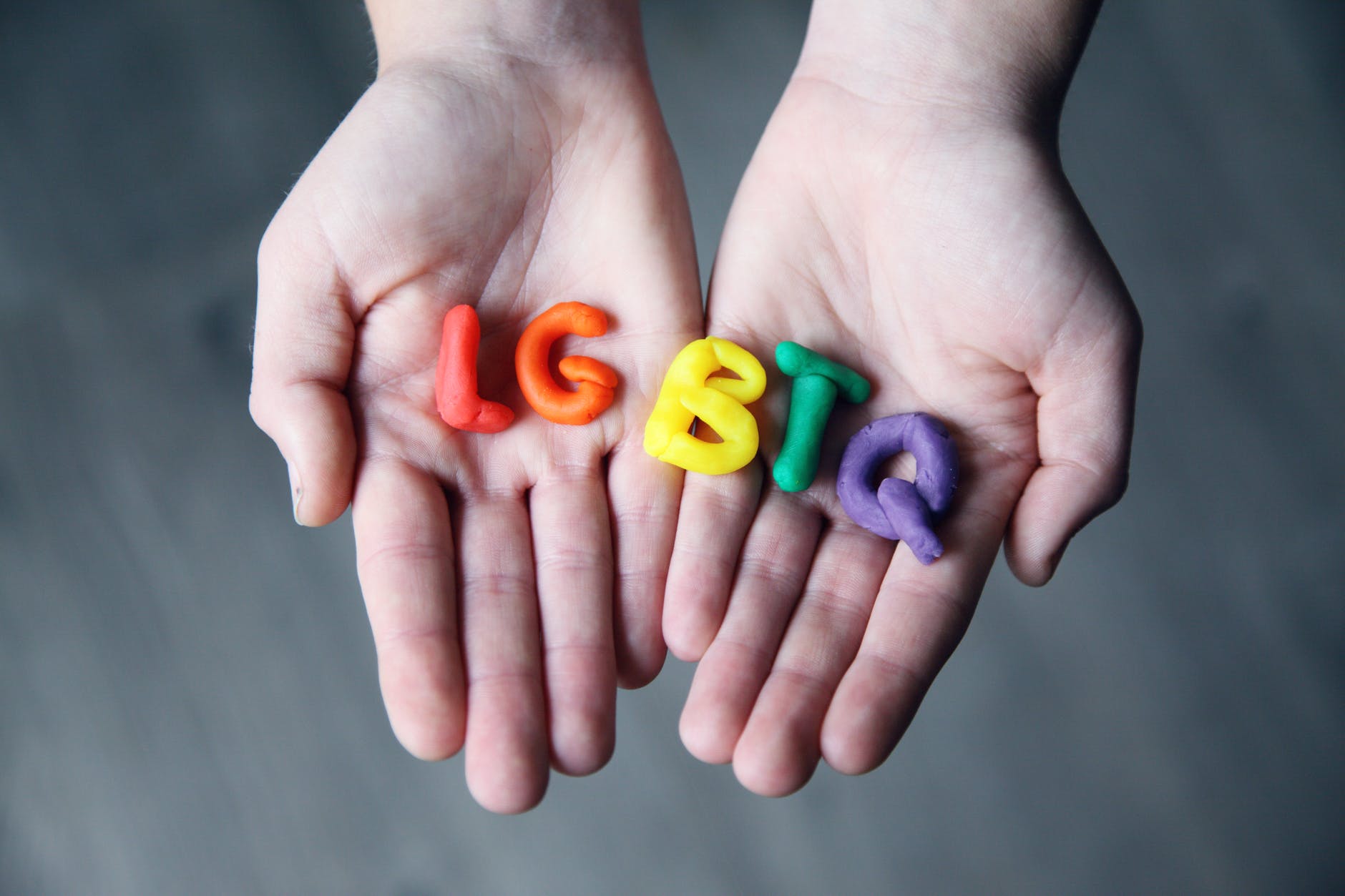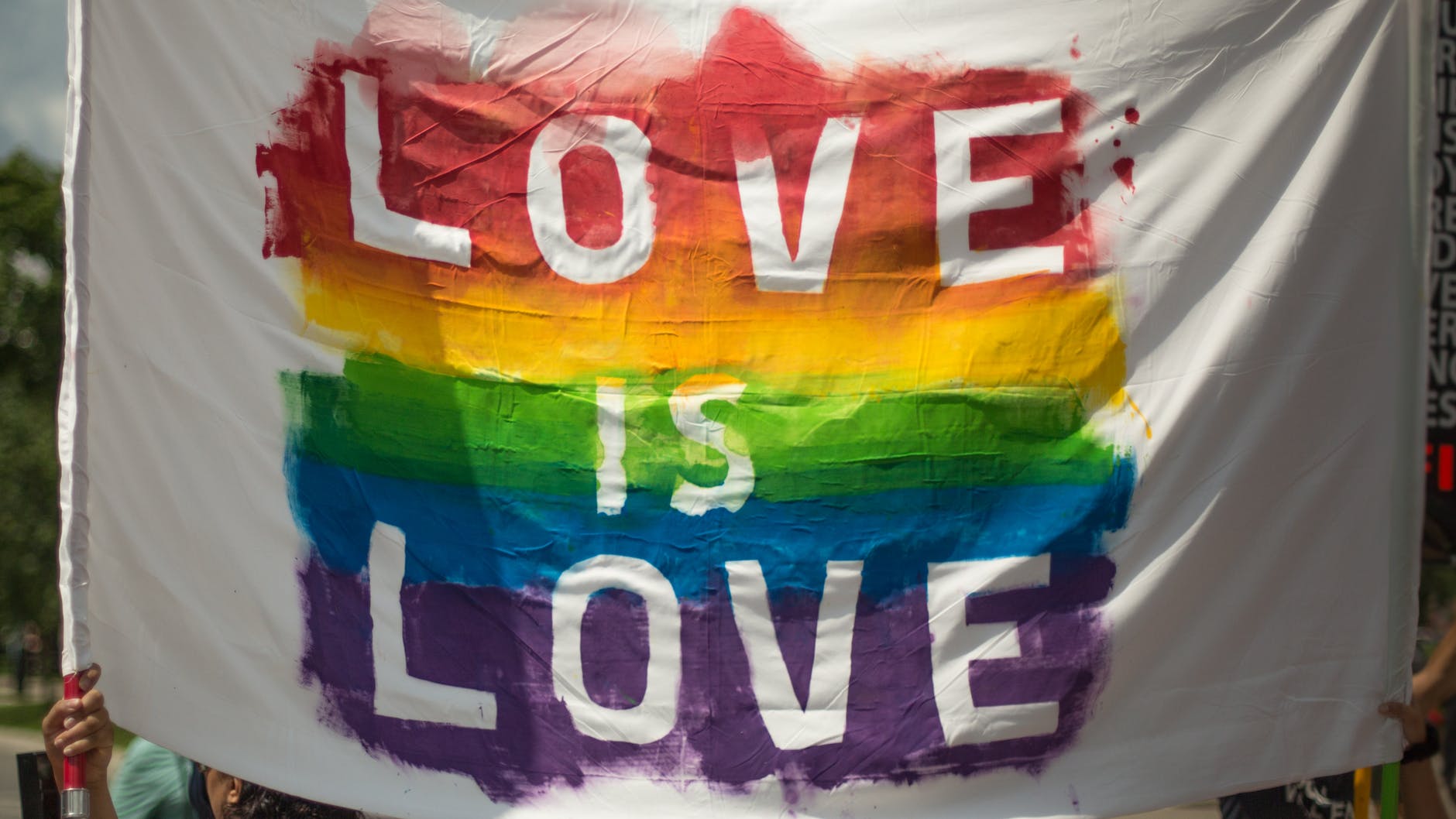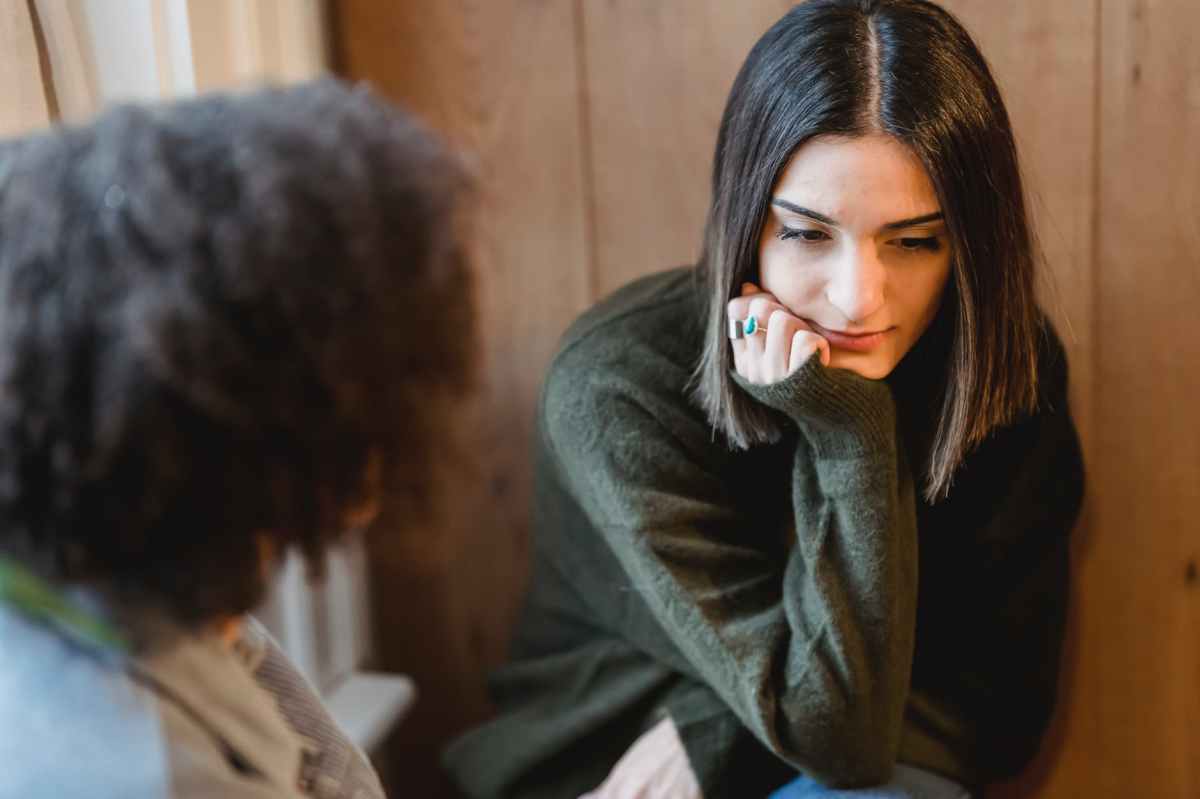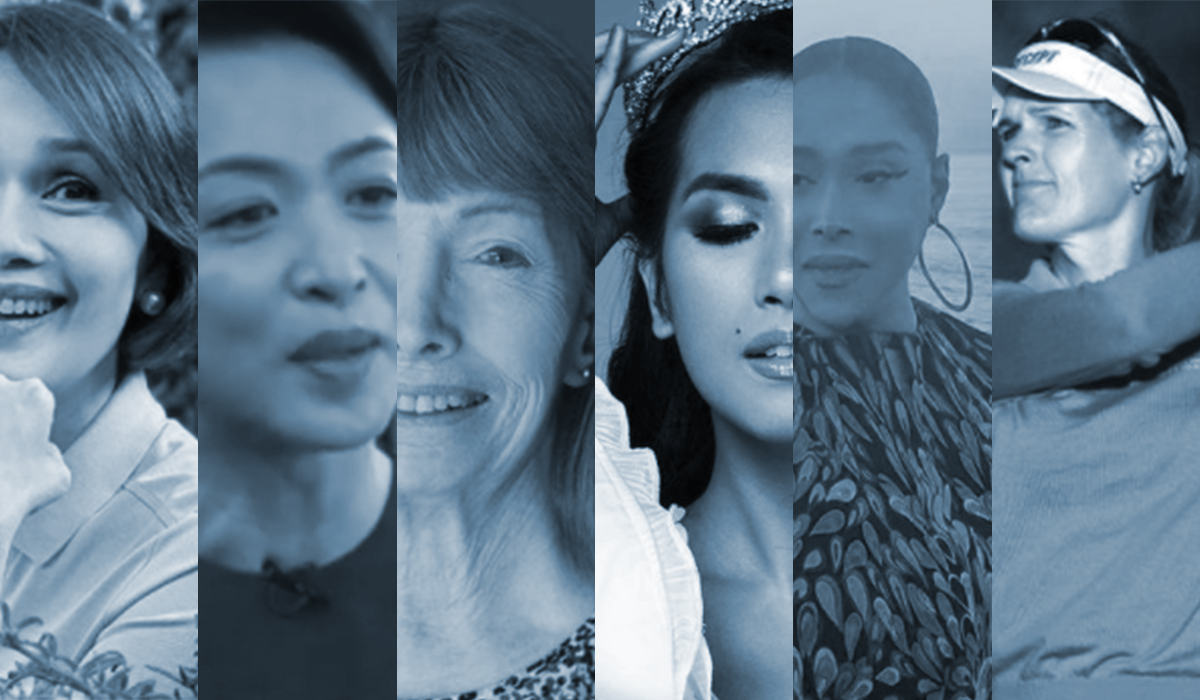Last time, we gave tips on what to do if a loved one explicitly comes out to you. But what should you do if your child, close friend, or sibling “sort of” comes out to you? By this, we mean they are not really sure if they are gay, straight, or something else entirely, and they don’t know what to do about it. Chances are they are feeling scared, confused, and afraid of losing your love or friendship, but at the same time are in need of a sounding board.
“Being queer is a struggle,” says Venue Aves, Punong Babaylan (Head Shaman) of the U.P. Babaylan, the longest-existing LGBTQI student organization in the Philippines and in Asia. “This is why it’s important to be a safe space for queer people, especially if they are questioning, because research shows that members of the lesbian, gay, bisexual, transgender, and queer (LGBTQ+) community are more vulnerable to developing mental health problems — including suicidal ideation — because of the problems that arise from society’s prejudice and non-acceptance of them.”
Here are some ways you can support a loved one who is questioning their sexuality or identity:
“How they arrive at or express their sexuality is a journey; their identity does not have to be pinned down or labelled right away.”
Venue Aves, Punong Babaylan (Head Shaman) of the U.P. Babaylan
- Explicitly assure them that your relationship will not change. This is the most basic way that you can support your loved one. Say you love them, that they’re still your BFF, that you think nothing less of them. “The support and reassurance has to be explicit because more often than not, the one who is questioning will be afraid that your relationship will change or become complicated by their confession,” Venus says. “By being clear and affirming with support and encouragement that is unconditional, you allow your questioning loved one to express what they really feel.”
- Thank them for their trust. Even if your loved one knows that you’re an ally, verbalizing their fears can still be a really intense experience that takes strength and courage. Thanking your sibling, friend, or child shows that you honor this courage as well as the trust that they have for you.
- Don’t force them to come to a decision. Pushing them into a “gayer” or “straighter” direction — even if your advice is well-intended — puts undue pressure on the one who is questioning. Instead give them room to figure things out on their own. “How they arrive at or express their sexuality is a journey; their identity does not have to be pinned down or labelled right away,” they point out.
- Listen more than you talk. Even if you are curious, questions like “Are you sure?” or “What if you’re just confused?” only adds to the pressure and complicates an already sensitive issue. If you must ask, ask what help or support your loved one needs from you. Otherwise, just listen, nod along, or be a shoulder to lean on.

- Accept the fact that you cannot do everything. “Even if you are a safe space, the rest of society may not be,” they explain. “So if you can, ensure that your questioning loved one has access to support groups outside of your trusted circle.”
- Educate yourself. Do your best to understand the reality of being a member of the LGBTQ+ community. “Learn about Sexual Orientation, Gender Equality, Expression, and Sex Characteristics (SOGIESC),” they say. “Read books, listen to podcasts, or watch shows that show the experiences of LGBTQ+ people. These are all readily available online.”
- Educate others. If you follow social media accounts that promote LGBTQ+ equality, repost their content. “If your partner or parents are struggling with your child or sibling coming out or questioning, make the effort to talk to them and remind them that their loved one is still the same person and your love should not change,” they advise.
- If a close co-worker is the one who is questioning, strive to make the company more inclusive and accepting of diversity. “Petition your manager or HR department to invite organizations like U.P. Babaylan to give talks on SOGIESC, which can lead to the formulation of diverse and inclusive policies and make your workplace a safe space for queers and questioning individuals,” they suggest.
- Check-in on them regularly. “It’s really scary not to be straight, so communicate with your loved one often to make sure they are okay and to assure them that you are there if they need anything,” they explain.
Refer them to a mental health professional if — and only if — your loved one has a history of mental health concerns or is displaying signs of depression, anxiety, or suicidal ideation. “But do not tell them to talk to a psychologist solely because they are questioning their sexual orientation or gender identity because homosexuality and transgenderism are not medical illnesses that need to be treated,” they add.
- Respect their privacy. Just because your loved one is processing their sexuality with you does not mean they want to be out to the rest of your family or friends, or even plan to be. Even though your intentions may be good (i.e. you want to be the one to tell your parents to spare your sibling the fear and anxiety), always ask your loved one first if that is what they want you to do. Outing someone who is LGBTQ+ without their permission can damage relationships or put them in awkward situations that they are not prepared for.
It is important to create an inclusive environment for everyone. By simply affirming, supporting, and respecting your loved one’s questioning thoughts and feelings, you can already make a difference in their lives.
If you are a queer person or know someone who is questioning, Balur Kanlungan (https://www.facebook.com/balur.kanlungan) is an online wellness community for LGBTQI+ youth in the Philippines and provide avenues for members of the community to be exposed to the LGBTQI rights movement.
For those who want to talk to mental health professionals, MindNation offers 24/7 teletherapy sessions with licensed psychologists and WellBeing Coaches. Rest assured that all conversations will be kept secure and confidential. Book a session now through FB Messenger http://bit.ly/mn-chat or email [email protected].






